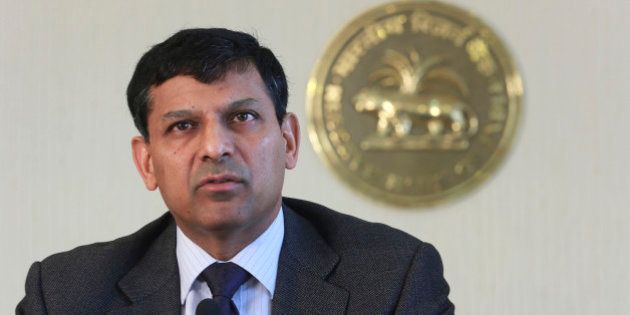
Reserve Bank of India governor Raghuram Rajan has steadfastly refused to cut rates, despite statements by politicians demanding it. Today the call got shriller.
The reason is a sharper-than-expected drop in wholesale price inflation (WPI). It touched zero percent this month, which means that wholesale prices did not rise from their level a year ago. In October, the WPI was 1.77 percent.
This however, is no longer the figure the central bank considers to decide rates. WPI is the price of a representative basket of wholesale goods, and used to be the primary measure of inflation in India. But under Rajan, the Consumer Price Inflation (CPI) replaced the WPI as the central measure. The CPI measures changes in the price level of a market basket of consumer goods and services purchased by households. Data released last Friday showed retail inflation measured by the CPI also fell to 4.38 percent in November, compared with 5.52 percent a month ago.
Politicians have been clamouring for a rate cut, but governor Rajan is right to be cautious about inflation coming back, as it happened in the last five years. This year, it has been down for a couple of months in part because of lower prices of oil worldwide. But that can go up again. Poor monsoons can also pull the price back up. To keep inflation down then would require government policies on a range of fronts, such as better supply chain management so that markets are adequately supplied with food grains. That can happen with building better quality infrastructure. And at the same time the government should spend responsibly so that the fiscal deficit does not go out of hand. On both fronts, the picture is unclear. The fiscal deficit might widen due to weaker tax revenue growth, and slow pace of disinvestment.
By next year, Rajan, who has made combating inflation his focus, would have more clarity on the pace of inflation. If he waits until after the budget speech, then he would know about the government's commitment to fiscal consolidation. Proposals that lead to higher spending will raise the risk of higher inflation. The Reserve Bank of India has set a target of 8 percent inflation by January and 6 percent for the year. Going forward, Rajan would like it to be in the 2-6 percent range.
So while calls for rate cuts are likely to continue, Rajan is unlikely to budge. It might happen in February, but April is when most economists think it might happen if the inflation stays low and other signs in the economy show that it would stay that way.